Exploring the Heart of Bingo: The Enchanting World of Bingo Cards
Bingo, a timeless game that has woven its way into the fabric of social entertainment, is celebrated for its simplicity and excitement. At the heart of every bingo game lies the humble yet enchanting bingo card. In this exploration, we delve into the intricate world of bingo cards, unraveling their design, significance, and the role they play in shaping the bingo experience.
The Anatomy of a Bingo Card:
A bingo card is no ordinary piece of paper; it is a canvas of anticipation and possibility. Traditionally, bingo cards are rectangular grids, each containing a unique arrangement of numbers. The most common bingo variants use grids of 5×5 squares, with each square housing a number.
Numbers and Patterns:
The numbers on a bingo card are carefully selected to ensure randomness and fairness. In the classic 75-ball bingo, numbers range from 1 to 75, while the 90-ball version covers numbers 1 to 90. The placement of numbers follows a specific pattern, ensuring that each card has an equal chance of winning.
Card Variations:
Bingo cards come in various forms, offering a delightful array of patterns and designs. While traditional bingo cards feature numbers in a straightforward grid, themed bingo events may showcase creative variations. Picture bingo cards adorned with vibrant illustrations or special themes, adding an extra layer of fun to the game.
Patterns and Winning Configurations:
The magic of bingo lies in the patterns that players aim to complete. Whether it’s a horizontal line, vertical line, diagonal line, or a more intricate pattern, the goal is to mark off the numbers as they are called by the bingo caller. Achieving the specified pattern shouts “Bingo!” and leads to a thrilling moment of victory.
Evolution in the Digital Age:
With the advent of online bingo, the traditional paper bingo card has transformed into a digital counterpart. Virtual bingo cards are generated with just a click, and players can daub their numbers electronically. The transition to digital platforms has not only enhanced accessibility but also opened the door to innovative features and themed variations.
The Social Aspect:
Bingo cards are not merely inanimate objects; they are catalysts for social interaction. Whether in a bustling bingo hall or a virtual online room, players share the anticipation, celebrate wins, and foster a sense of community. The shared experience of marking off numbers on a bingo card creates bonds that extend beyond the confines of the game itself.
Tips and Strategies:
While bingo is primarily a game of chance, players often adopt strategies to enhance their enjoyment. Some may prefer playing multiple cards to increase their chances, while others relish the simplicity of a single card. The key is to strike a balance between strategy and the sheer joy of the game.
In the enchanting world of bingo, the bingo card stands as a testament to the game’s enduring charm. From the traditional paper cards to their digital counterparts, bingo cards continue to bring people together in the pursuit of numbers and patterns. As players eagerly await each called number, the bingo card remains at the center of this ageless game, weaving a tapestry of shared moments and cherished memories. Whether in the hands of a seasoned bingo enthusiast or a newcomer, the bingo card is a ticket to a world where every number called holds the promise of excitement and the chance to shout, “Bingo!”
Find Out More About Bingo!
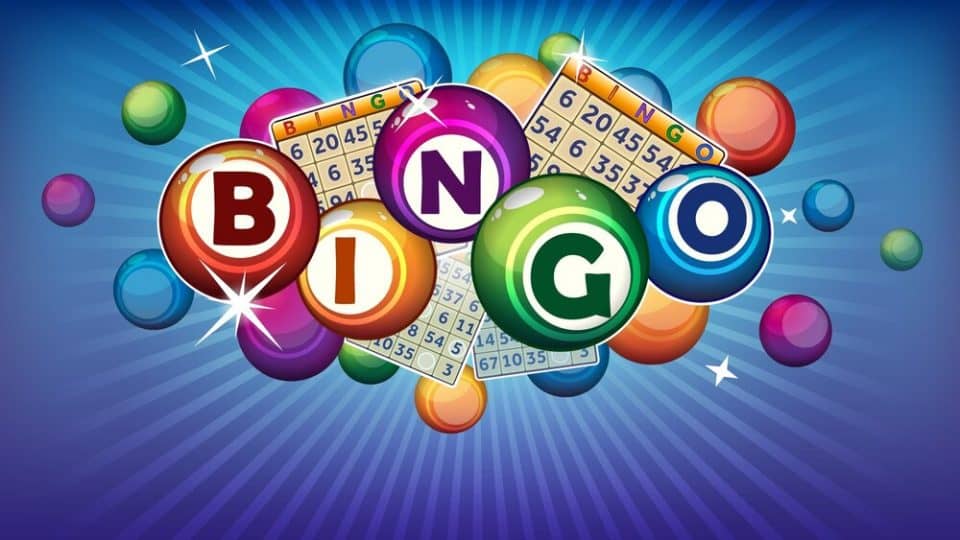
35-Ball Bingo: Unveiling the Unique Gameplay
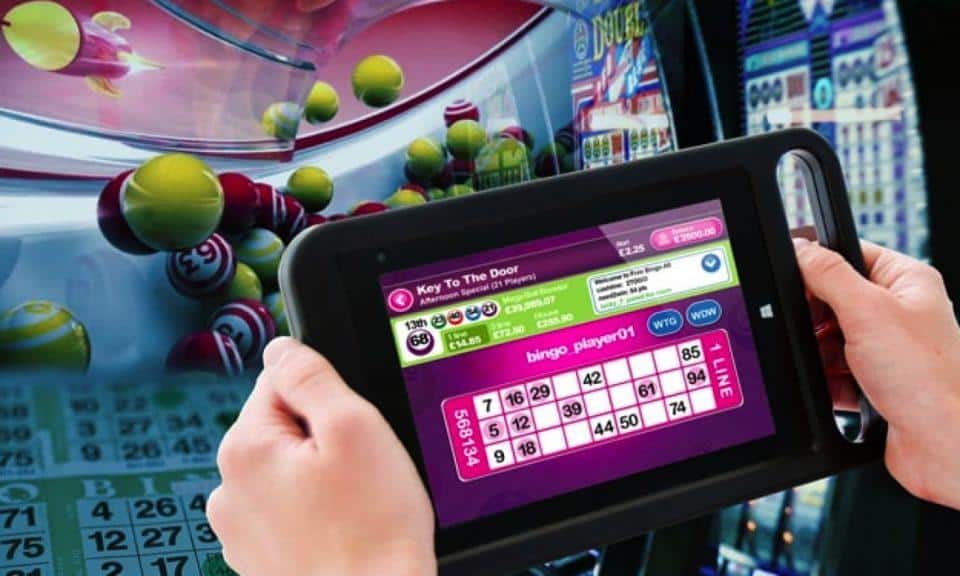
90-Ball Bingo: Unraveling the Game Rules
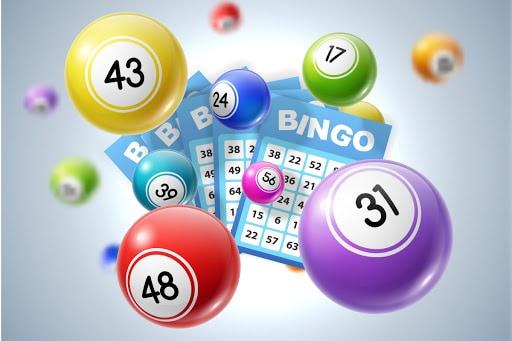
75-Ball Bingo: Understanding the Game Rules
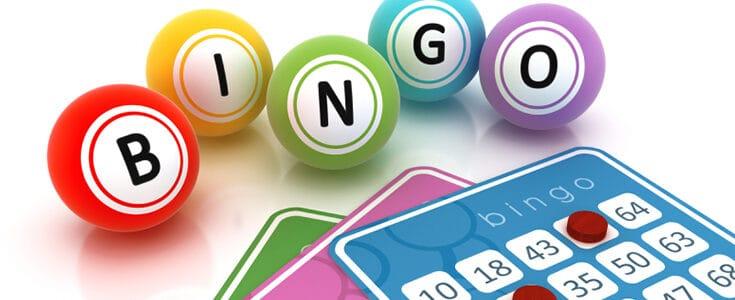
Bingo in the UK: A Digital Renaissance
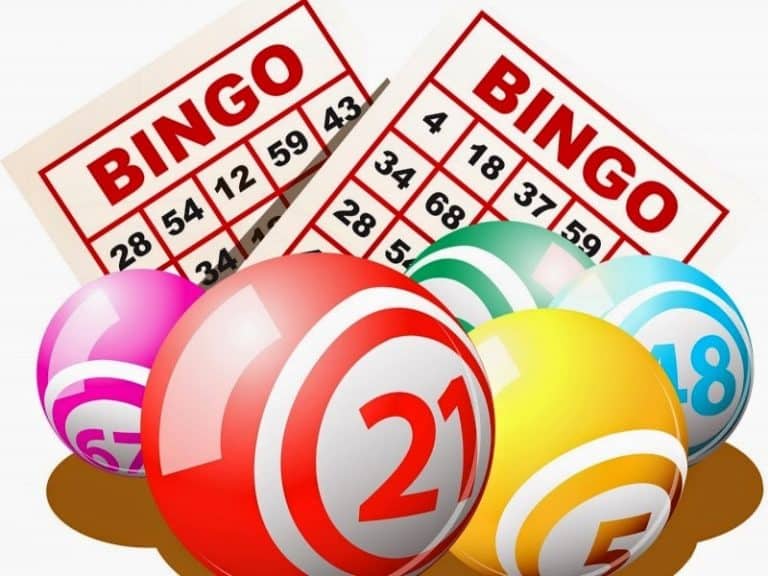
Exploring the Heart of Bingo: The Enchanting World of Bingo Cards
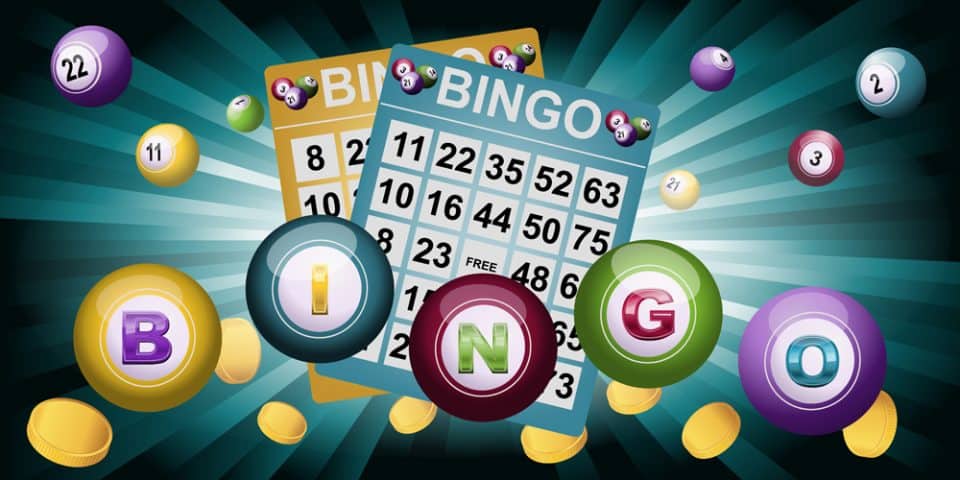
Varieties of Bingo Games in the UK: A Diverse World of Numbers and Excitement
Bingo Card FAQ: Unveiling the Secrets of Bingo's Heartbeat
1: What is a bingo card, and how does it work?
A bingo card is a grid containing numbers arranged in rows and columns. Players mark off called numbers on their cards, aiming to complete specific patterns for a win.
2: How are numbers selected for bingo cards?
Numbers on bingo cards are carefully selected to ensure randomness and fairness. In traditional 75-ball bingo, numbers range from 1 to 75, while 90-ball bingo covers numbers 1 to 90.
3: What are the common patterns on bingo cards?
Common patterns include horizontal lines, vertical lines, diagonal lines, and more intricate shapes. Achieving the specified pattern results in a winning shout of “Bingo!”
4: Are there variations in bingo card designs?
Yes, bingo cards come in various designs, from traditional grids to themed and creatively illustrated versions. Themed bingo events may feature cards with special patterns or visual elements.
5: How has digitalization impacted bingo cards?
The digital age has brought virtual bingo cards, generated instantly with a click. Online bingo platforms offer electronic daubing, enhancing accessibility and introducing innovative features.
6: Can players use multiple bingo cards?
Absolutely. Many players use multiple cards simultaneously to increase their chances of winning. Balancing the number of cards ensures an enjoyable yet strategic gameplay experience.
7: What is the social aspect of playing with bingo cards?
Bingo cards are social catalysts, fostering camaraderie in bingo halls or virtual rooms. Shared excitement, celebrations, and the anticipation of marking off numbers create a sense of community.
8: Are there tips for playing with bingo cards?
While bingo is luck-driven, players often adopt strategies like managing multiple cards or choosing themed variations for added enjoyment. The key is to strike a balance between strategy and fun.
9: Can I play bingo with digital cards online?
Yes, online bingo platforms offer digital bingo cards that players can use to participate in virtual games. The digital format provides convenience and additional interactive features.
10: What makes bingo cards the heartbeat of the game?
Bingo cards are at the core of the game, representing the anticipation, shared experiences, and the thrill of completing patterns. They bring players together, creating a vibrant heartbeat in the world of bingo.
Unveiling the secrets of bingo’s heartbeat, this FAQ explores the intricacies of bingo cards, from their traditional paper forms to the digital revolution, emphasizing their central role in creating memorable moments and shared joy within the bingo community.





